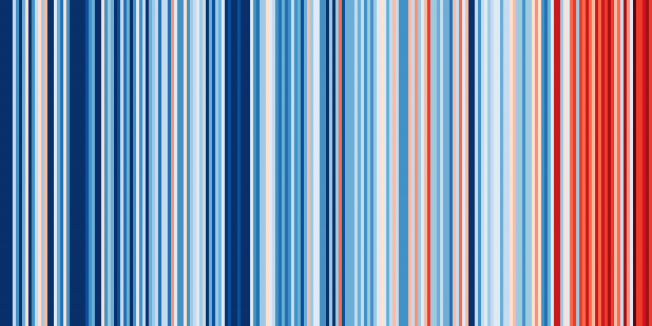Temporal merging of decadal predictions and climate projections to obtain seamless information: challenges and potential solutions
Copernicus Publications (2022)
Testing methods to constrain future European climate projections in an “out-of-sample” framework
Copernicus Publications (2022)
The seasonal teleconnections of the Indian Ocean Dipole to the North Atlantic region
Copernicus Publications (2022)
The strong role of external forcing in seasonal forecasts of European summer temperatures
Copernicus Publications (2022)
Towards forecast-based attribution of isolated extreme events: perturbed initial condition simulations of the Pacific Northwest heatwave
Copernicus Publications (2022)



